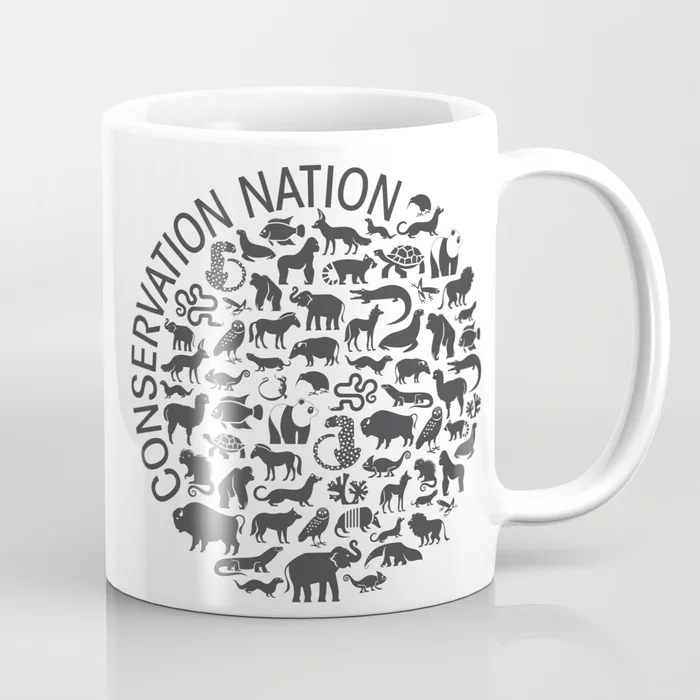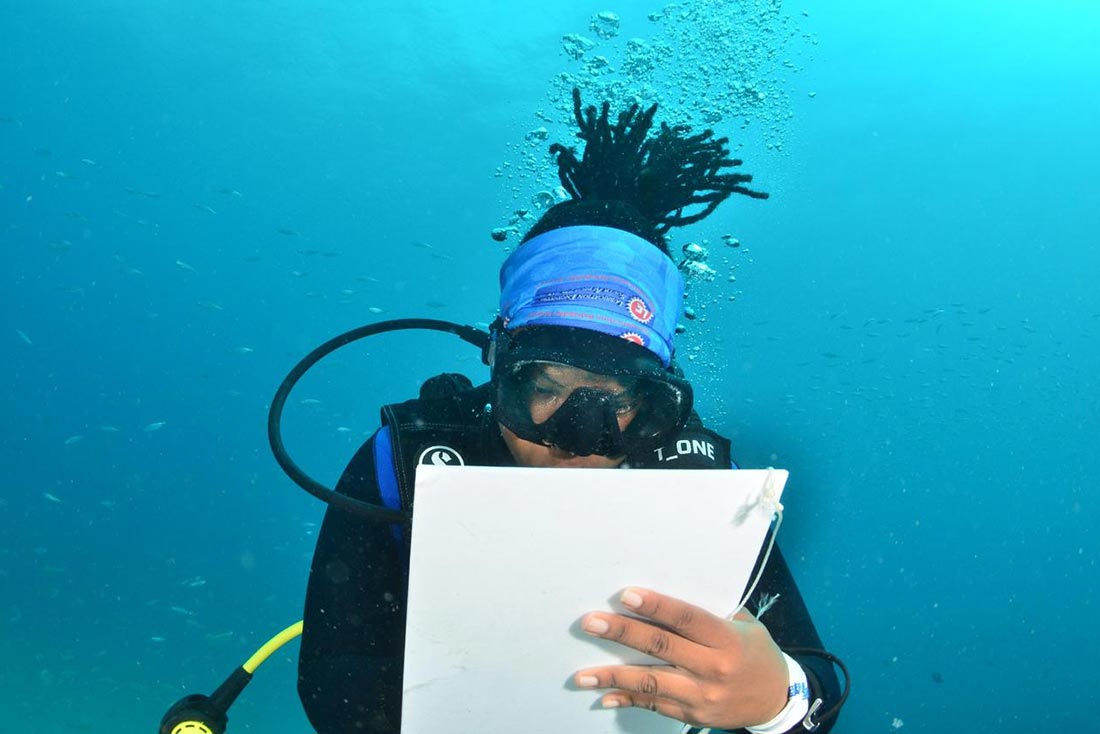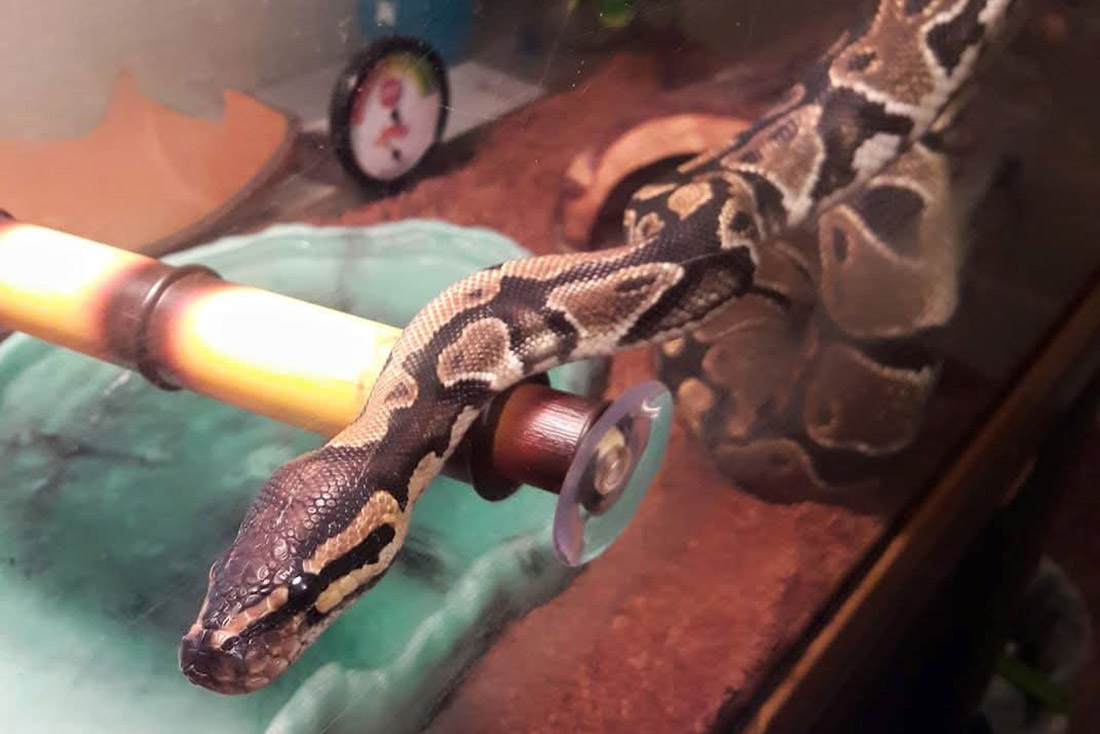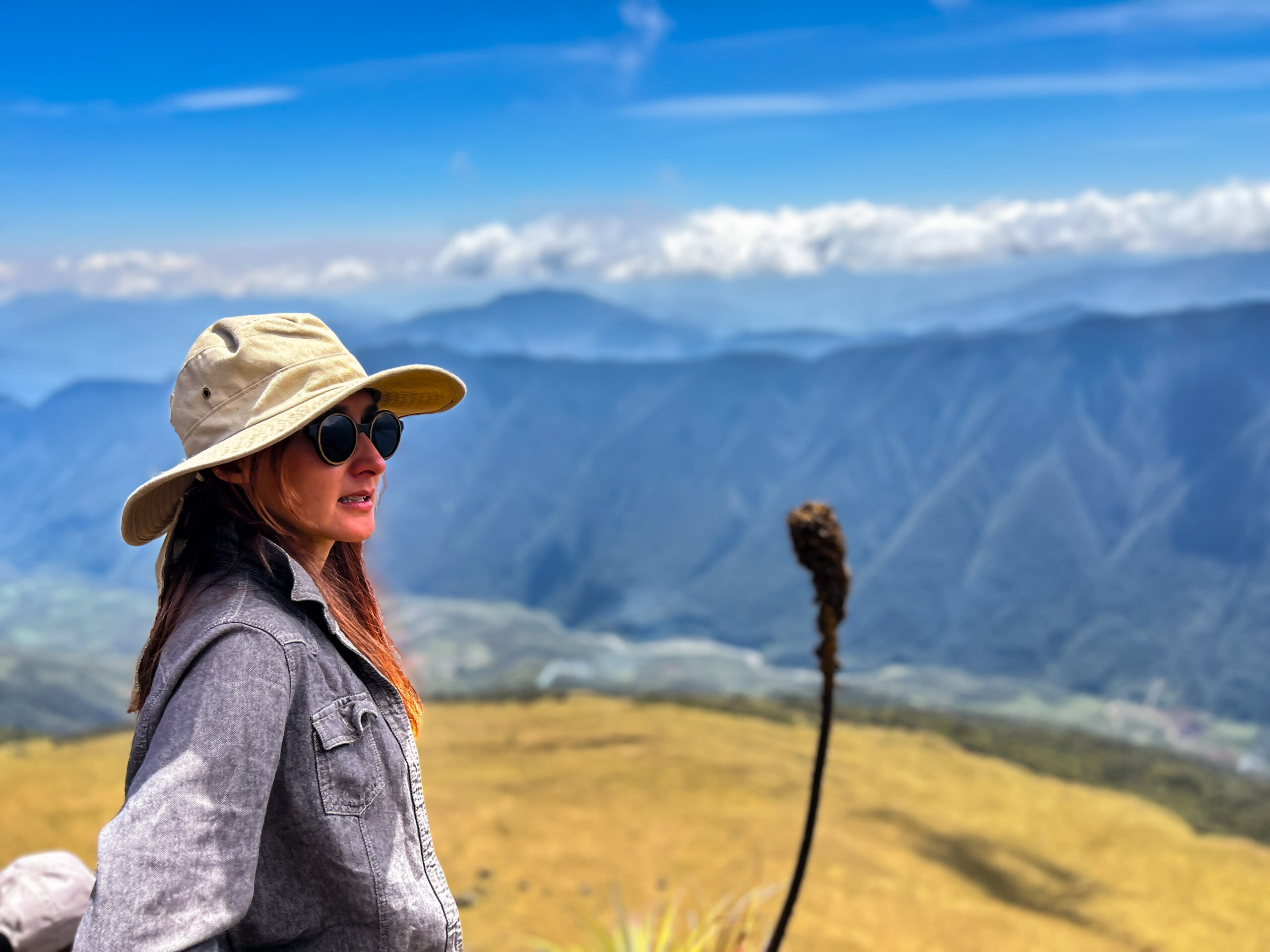Borneo is home to the largest population of critically endangered orangutans in the world: about 55,000. But those numbers are falling fast. Forest fires and fragmentation have ravaged much of the species’ key habitat, and hundreds of wild orangutans have been trafficked as pets. Researchers are partnering with a rehabilitation center in the West Kalimantan province that has rescued more than 250 orangutans, with 85 currently on track to be reintroduced to the wild. With your help, scientists will study why certain orangutans disproportionately catch diseases like malaria so they can develop key diagnostics and standardized mitigation procedures. With these insights, rescued orangutans, and the wild populations they are rejoining, will be less vulnerable to dangerous diseases.
Why are orangutans in trouble?
Borneo has become a tough landscape for its orangutan population. Over the past four decades, its rainforests have declined drastically, shrinking from 75 percent to less than 30 percent today. As the forests are razed to make way for more palm oil plantations, orangutans are losing their homes and lives. Human-orangutan interactions are also on the rise: infant orangutans are often captured from the wild to be kept as pets, an issue that is becoming increasingly frequent. With habitat shrinkage and closer interfaces between people and wild apes, the possibility of disease transfer between them is also increasing, paving the way for possible disease outbreaks in orangutans, humans, or both.
What exactly is being done to help and where?
Rescue and Rehabilitation Centers (RRCs) across Borneo rescue and provide shelter for injured and orphaned orangutans, or those confiscated from the pet trade. Experts are working with International Animal Rescue Indonesia (IARI), which runs an RRC for orangutans in West Kalimantan province. At that facility, more than 250 orangutans have been rescued to date, with over 85 currently undergoing rehabilitation for reintroduction into the wild.
To ensure that diseases don’t pose yet another threat to these orangutans, this Conservation Nation-funded project aimed to address some of the most common health-related problems in rescued orangutans at RRCs.
What specific items or support do scientists need to make this possible?
For this project, we provided funding for new diagnostic equipment, testing kits, disease surveillance technology, and training. This research and capacity-building venture will help ensure that orangutan veterinarians and caretakers on-the-ground in West Kalimantan are best equipped to prevent, detect, and respond to disease.
What positive impact will this work have on the survival of this species?
Our researchers worked alongside RRC orangutan experts to implement advanced diagnostics and technology, to learn how to best reduce the risk of disease transmission in rescued orangutans, and ultimately in the wild. Study findings helped inform guidelines for reintroductions from the International Union for Conservation of Nature (IUCN). Moving forward, researchers will also better understand how pathogens affect wild populations of orangutans, which could become a threat to the survival of these critically endangered great apes—and to other species—in a rapidly changing natural environment.








